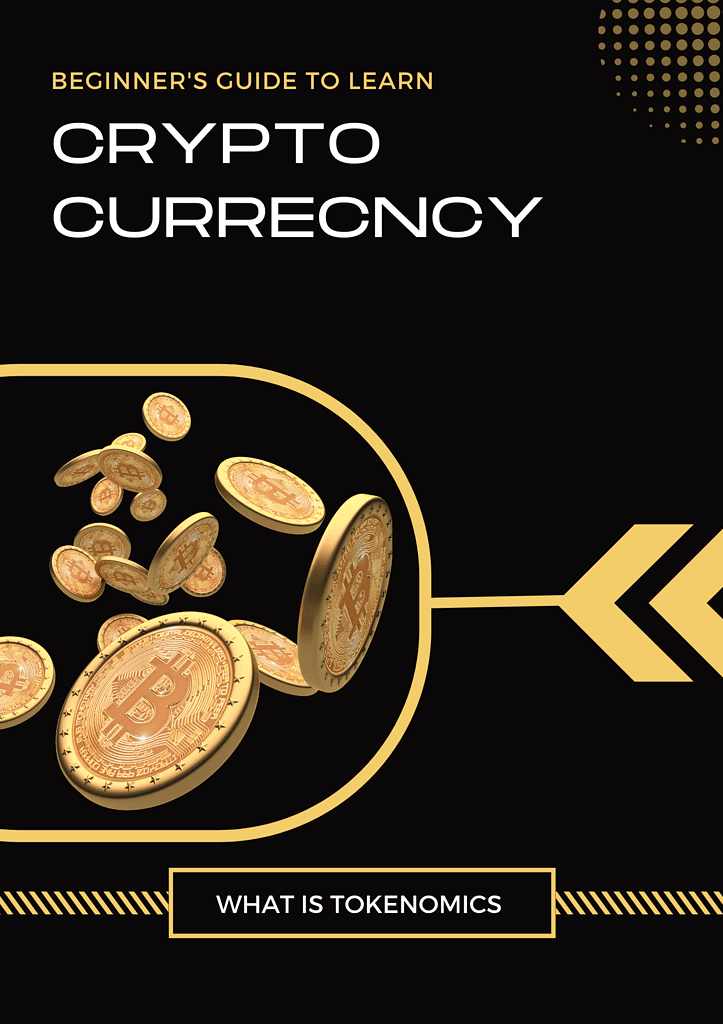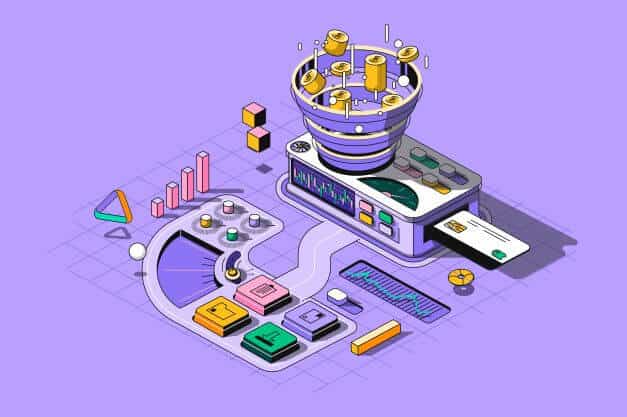Token economics, or crypto tokenomics, is one of the most misunderstood issues in the crypto realm. #Investors often make foolish decisions because they are obsessed with finding the next 100x or #Ethereum.
They are easily sidetracked by showy #technology, #marketing, and price action instead of digging into the fundamentals.
Let’s define #tokenomics, why they’re essential, and look at several prominent models.
What exactly is tokenomics?
The #token release mechanism of the protocol is the best approach to describe #tokenomics. When launching a #protocol, the developers must make a key decision about the currency emission timetable. Depending on the protocol’s goals, they can either issue every #coin at once or gradually distribute them over time.
These models each have their own set of advantages and disadvantages. The entire concept of tokenomics is to improve the coin’s VALUE to its #holders. Incentivization is essential. A good incentive program encourages good behavior rather than bad.
Tokenomics’ Importance
To entice the user to keep the token, it must have a perceived “worth.” What exactly is value? Value exists on a spectrum. The “value” of a token has many meanings depending on the protocol.
The importance of some protocols is derived from the project’s #technology. Others are valued based on the benefits they provide.
However, all projects share one common purpose: investment returns. The ultimate goal of any enterprise is to see prices rise.
Price increases produce returns for developers and investors and also gauge the project’s #utility and impact. A good tokenomics model draws users and incentivizes them to act in the best interests of the protocol, which is often holding. Everything comes down to supply and demand.
Tokenomics and the Law of Supply and Demand
Before we go into the many sorts of tokenomic models, it is critical to understand the supply and demand connection inside these models. Every #crypto protocol’s goal has been established as an increase in #token price. The most typical supply and demand relationships that tokeonomic models attempt to achieve are:
- When supply remains constant while demand rises, prices rise.
- Quantity rises when supply rises, and demand rises.
- When supply falls, and demand rises, prices rise.
Popular tokenomic models are driven by the law of supply and demand. Protocols can sustain, increase, or decrease value using these universal laws. Typically, they want to improve or retain value.
The two most popular tokenomic models are as follows:
Inflationary
There is no hard supply limit in an #inflationary tokenomic paradigm; it will only increase over time.
Protocols have varied release timelines. Some protocols had a set release schedule.
They are also based on nonlinear emission models. New tokens can be created through either minting or mining.
A suitable inflationary tokenomic model does not print excessively quickly. Too much supply is terrible.
Deflationary
In contrast to the inflationary tokenomic paradigm, the #deflationary approach has a supply limit. This is best demonstrated with #Bitcoin. Only 21,000,000 will ever be #mined—nothing more, nothing less.
Deflationary tokenomic models induce price increases by assuming a fixed supply and an increase in demand. The fixed supply approach, however, is not the sole deflationary tokenomic model. Other deflationary tokenomic schemes are deflationary through #burning #mechanisms. Tokens are burned when they are removed from #circulation. More and more tokens will be taken from circulation over time.
If demand remains constant, a decrease in supply leads to an increase in #price.
Tokenomic models of inflation and deflation are only the top of the iceberg.
There are sophisticated incentive structures inside these models.
The protocol and its tokenomic architecture determine the incentive systems and the goals they want to achieve. Tokenomic models are still in their infancy. There is much innovation going on. In subsequent posts, we’ll go into specific protocol tokenomics.










